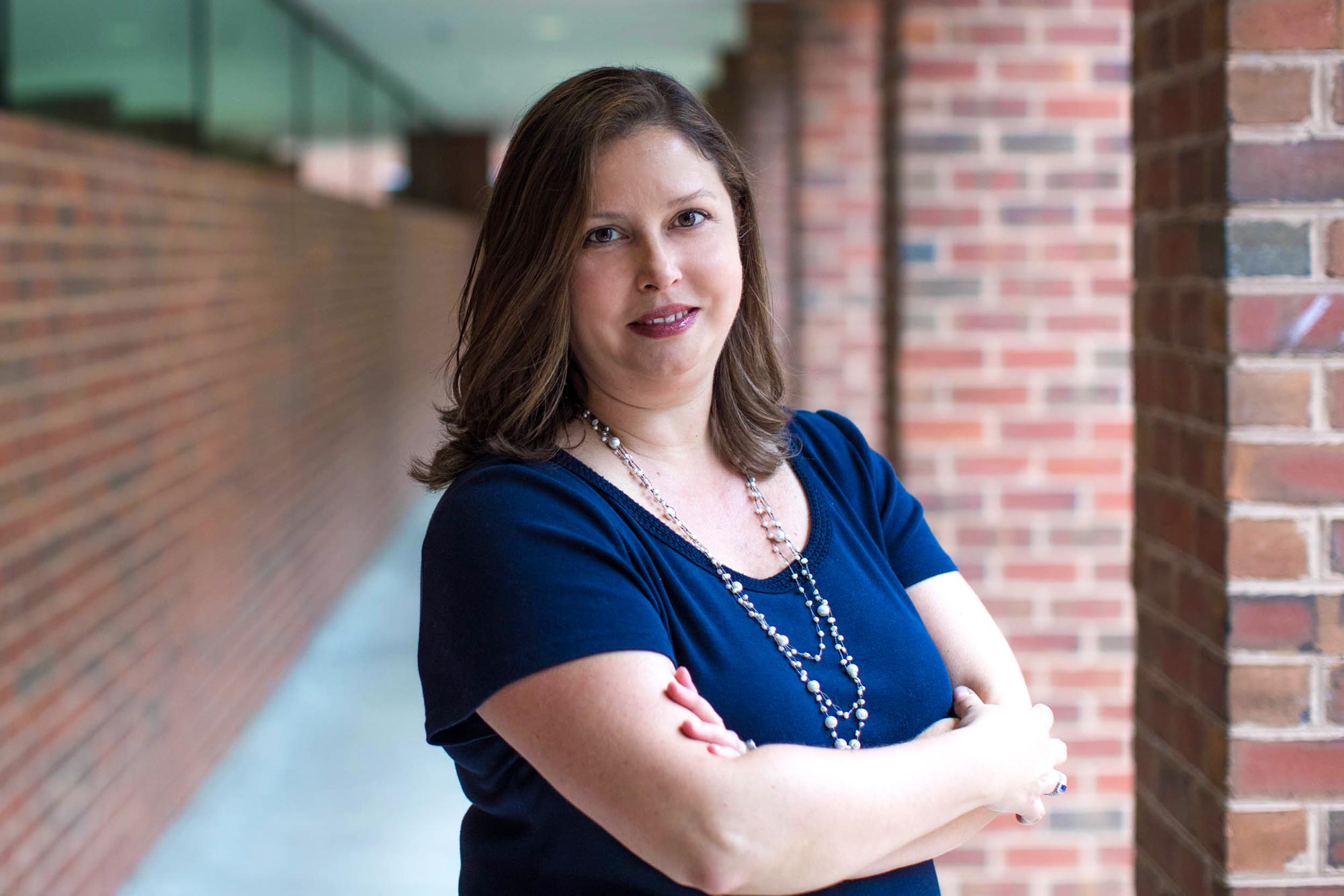Early childhood providers in Virginia will now have access to a comprehensive birth-to-5-years-old educational curriculum, developed by researchers at the University of Virginia, that combines social smarts with academic ones.
The option will be made available as a low- to no-cost option to publicly supported early childhood programs.
Through a grant from the Virginia Department of Education, a team at the University of Virginia’s Center for Advanced Study of Teaching and Learning developed the new curriculum, known as STREAMin3. The center worked in partnership with Elevate Early Education and The New E3 School, both of which also provided funding for the effort.
The team designed its STREAM: Integrated, Intentional, Interactions curriculum to blend academic and social-emotional learning. The curriculum combines core skills – such as learning to relate to peers, regulating emotions and behavior, thinking, communicating and movement –with introductory academic subjects: science, technology, reading, engineering, art and mathematics.

Amanda Williford is the Batten Bicentennial Professor of Early Childhood Education at the UVA School of Education and Human Development. (Photo by Sanjay Suchak, University Communications)
“An effective birth-to-5 curriculum helps teachers provide infants, toddlers and preschoolers the opportunities, experiences and interactions to engage deeply within their world and to build skills for lifelong learning,” said Amanda Williford, Batten Bicentennial Professor of Early Childhood Education at the UVA School of Education and Human Development.
“When fully implemented, a curriculum makes it easier and more efficient for teachers to engage in and facilitate sensitive, responsive and cognitively stimulating interactions with young children.”
Williford and Kate Matthew, a senior manager at the center and co-author of the curriculum, led the team that developed the educational approach. The full curriculum includes daily activities and routines that support teacher-child and peer interactions, coaching and professional development for teachers and leaders, as well as assessment tools.
STREAMin3 is one of a number of curricula identified by the Virginia Department of Education as meeting the standards set by their Unified Virginia Quality Birth to Five System. The curriculum was selected through a competitive process. Child care programs that are not currently using an approved curriculum and choose STREAMin3 will be given first priority to receive the curriculum.

Kate Matthew is a senior manager at the center and co-author of the curriculum. (Contributed photo)
“Our youngest learners in Virginia thrive when teachers and child care providers use high-quality early education resources, like STREAMin3, to teach the foundational skills needed for kindergarten,” Jillian Balow, Virginia’s superintendent of public instruction, said.
Instead of having to piece together separate curricula for math, literacy, science and social-emotional skills, STREAMin3 integrates these learning domains into one comprehensive curriculum that teachers can use without supplemental curricula. Beyond the benefits that come from the ease and consistency of using one complete model, this integration allows for real-life applications where these skills naturally blend.
“For example, an activity about a class pet is excellent for teaching science skills,” Matthew said. “But it’s also a natural extension to use that opportunity to discuss empathy skills, like considering the pet’s needs and providing care to others.
“Or a math game is clearly great for supporting skills like numeracy, but it’s also a natural opportunity to intentionally focus on social skills, such as taking turns.”
A body of research shows that the interactions teachers have with children matter more than an activity itself. Based on this evidence, all STREAMin3 curriculum resources focus on effective ways to interact with children.
“Each activity provides a flexible base of what the children will do, but the focus is on how the teacher will interact with them during the activity and ways to adapt it to meet the unique needs of every child,” Matthew said.
The activities promote active engagement and direct experiences for children. The also prioritize child interest and experiences, and encourage problem-solving and curiosity.
“For the youngest learners, instead of formal activities there are types of play, such as sensory, tummy time, or songs or book readings,” Matthew said. “A 4-year-old may find themselves navigating their way through a maze built in the classroom, while building their math skills and spatial sense alongside engineering or problem-solving skills.”
Collaborations in Development and Testing
The education experts developed and tested the curriculum between 2015 and 2018 in partnership with Elevate Early Education, a bipartisan, statewide, issue-advocacy organization focused on supporting children in Virginia. It was initially piloted in The New E3 School, a preschool in Norfolk.
During the initial development, researchers learned that using a single curriculum model across infant, toddler and preschool classrooms increases continuity between classrooms and teachers serving children of different ages.
It also builds connections and relationships between educators who come together as a single unit for some aspects of professional development.
Consistency across the years allows families to build a deeper understanding, familiarity and trust in the curriculum – which increases engagement, the educators said.
“It makes classroom transitions easier for both children and teachers and can help reduce the disruption resulting from the high teacher turnover rate in the early childhood education field,” Williford said.
With a combination of funding and partnerships with the Virginia Department of Social Services, the Alleghany Foundation in Southwest Virginia and the Obici Healthcare Foundation in western Tidewater, the STREAMin3 curriculum was further piloted across the commonwealth from 2018 to 2021. This expanded use of the curriculum provided the research portion of the team, led by CASTL Assistant Professor Ginny Vitiello, an opportunity to conduct an implementation evaluation.










